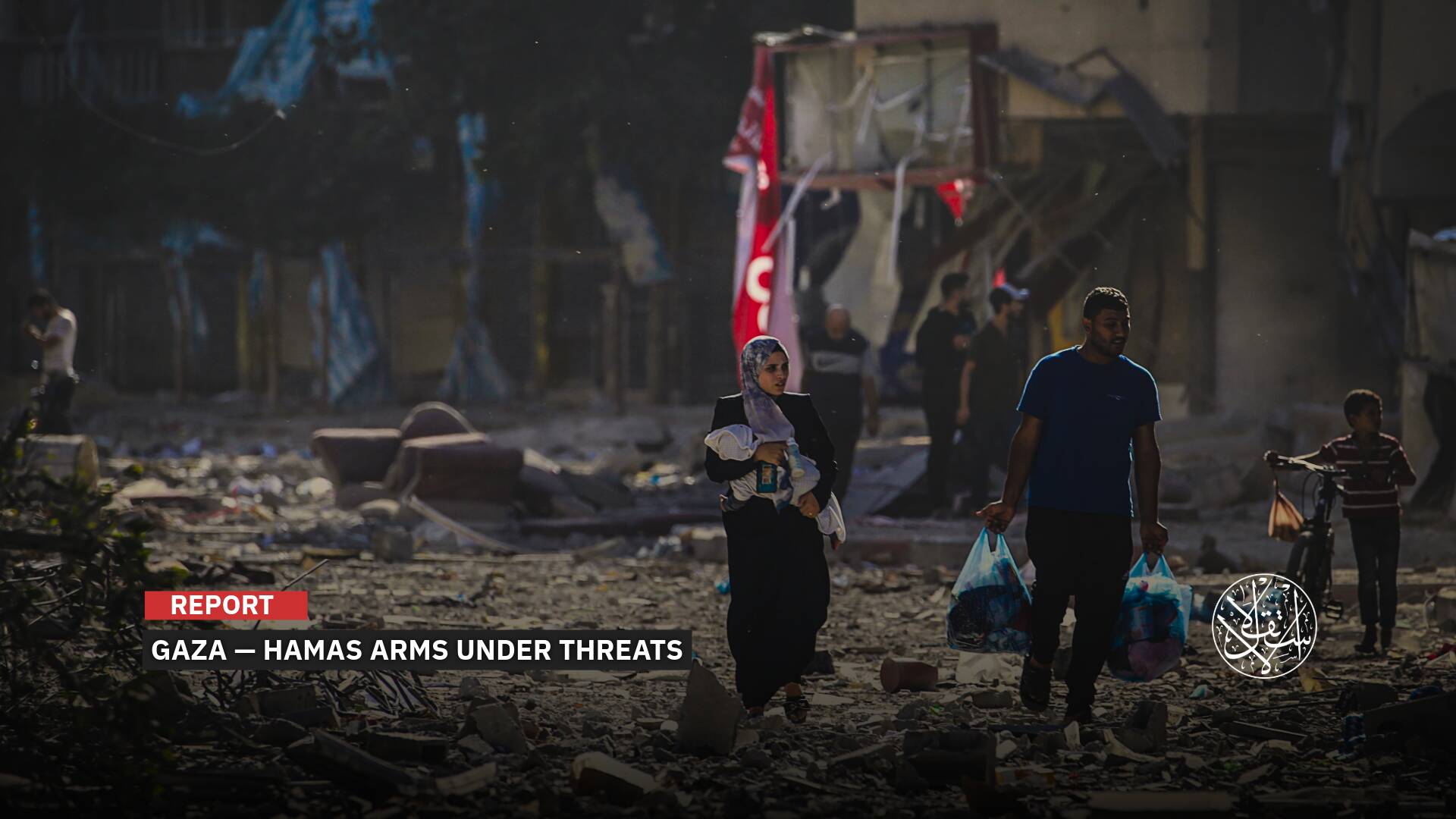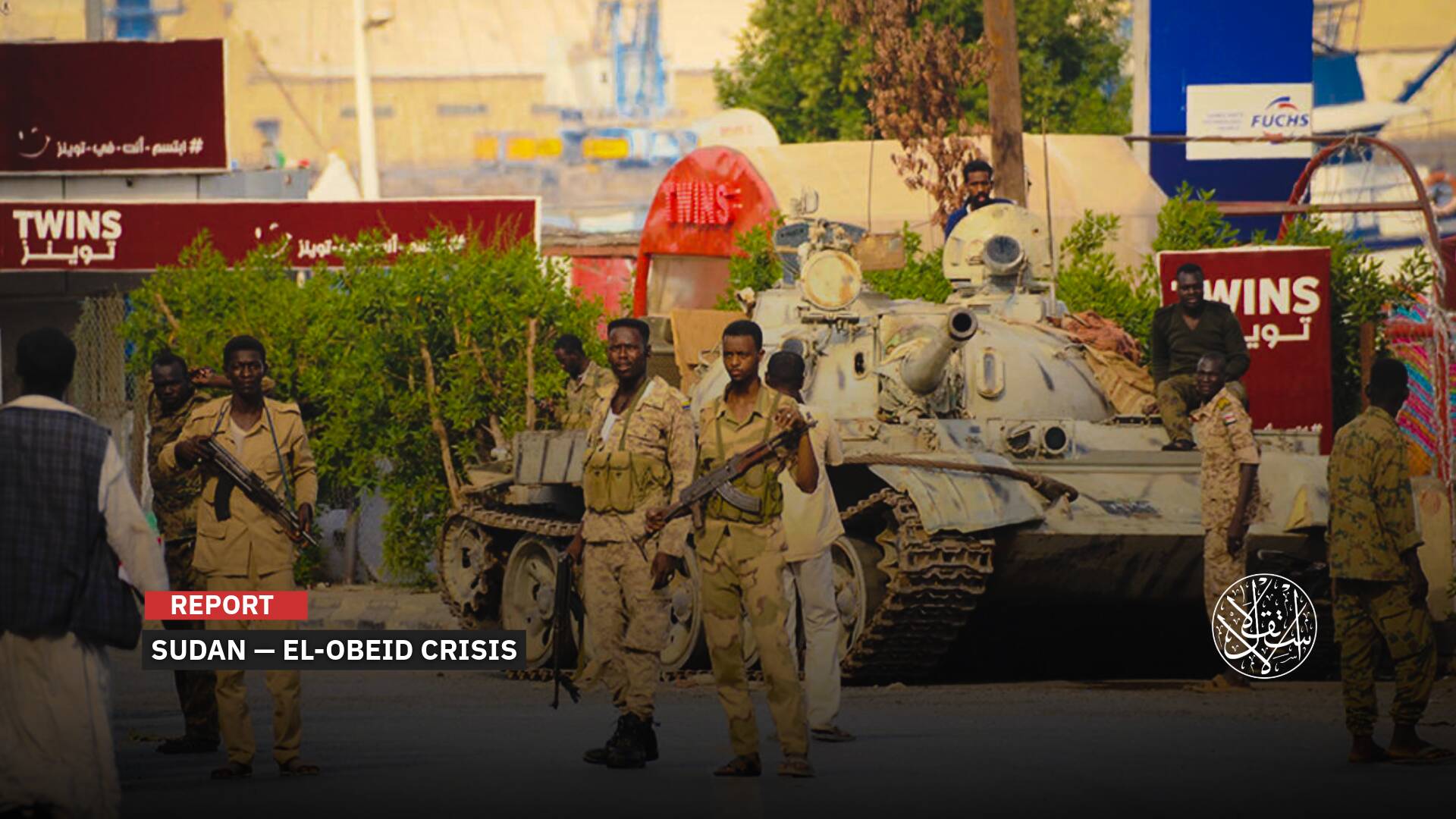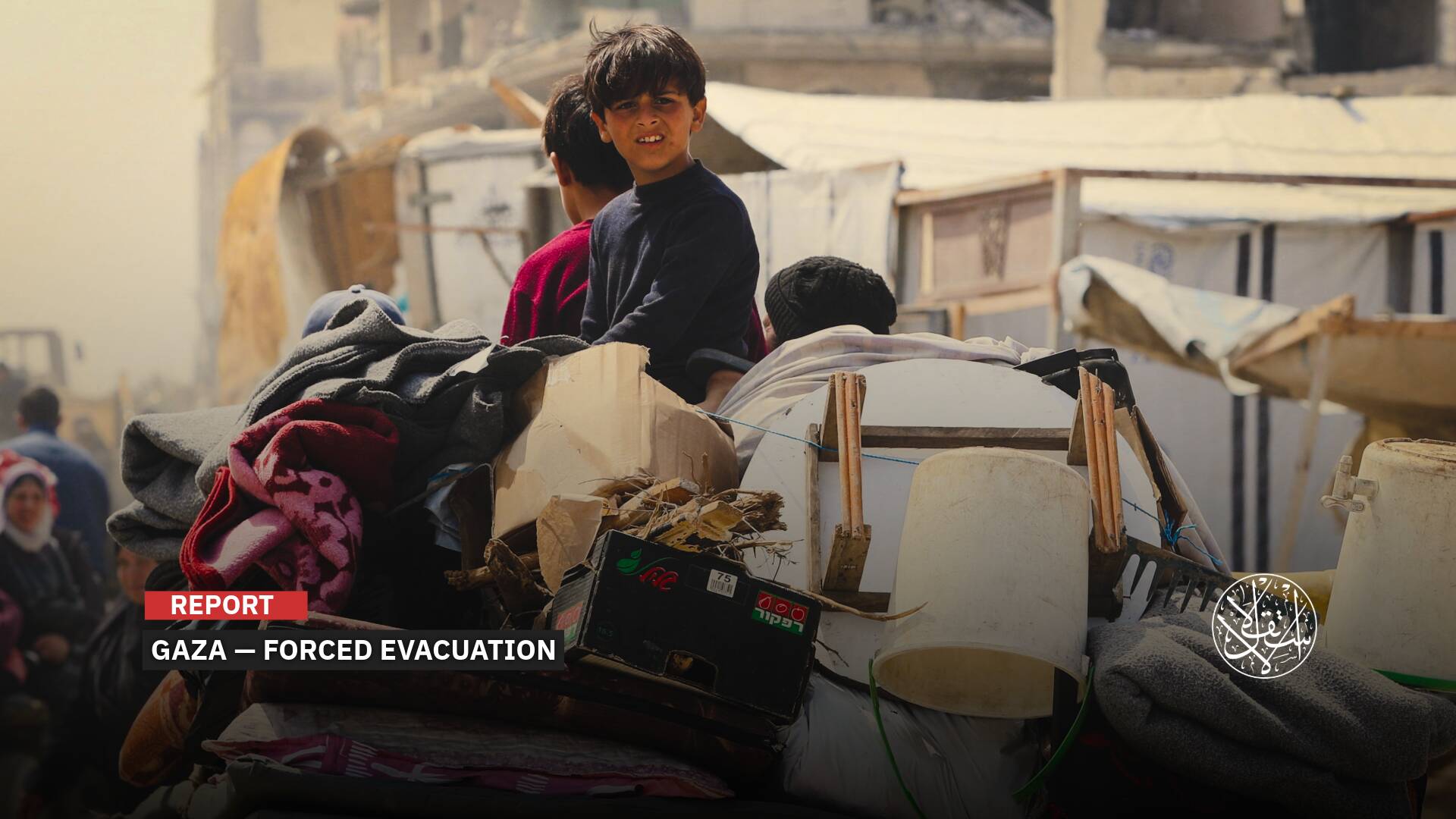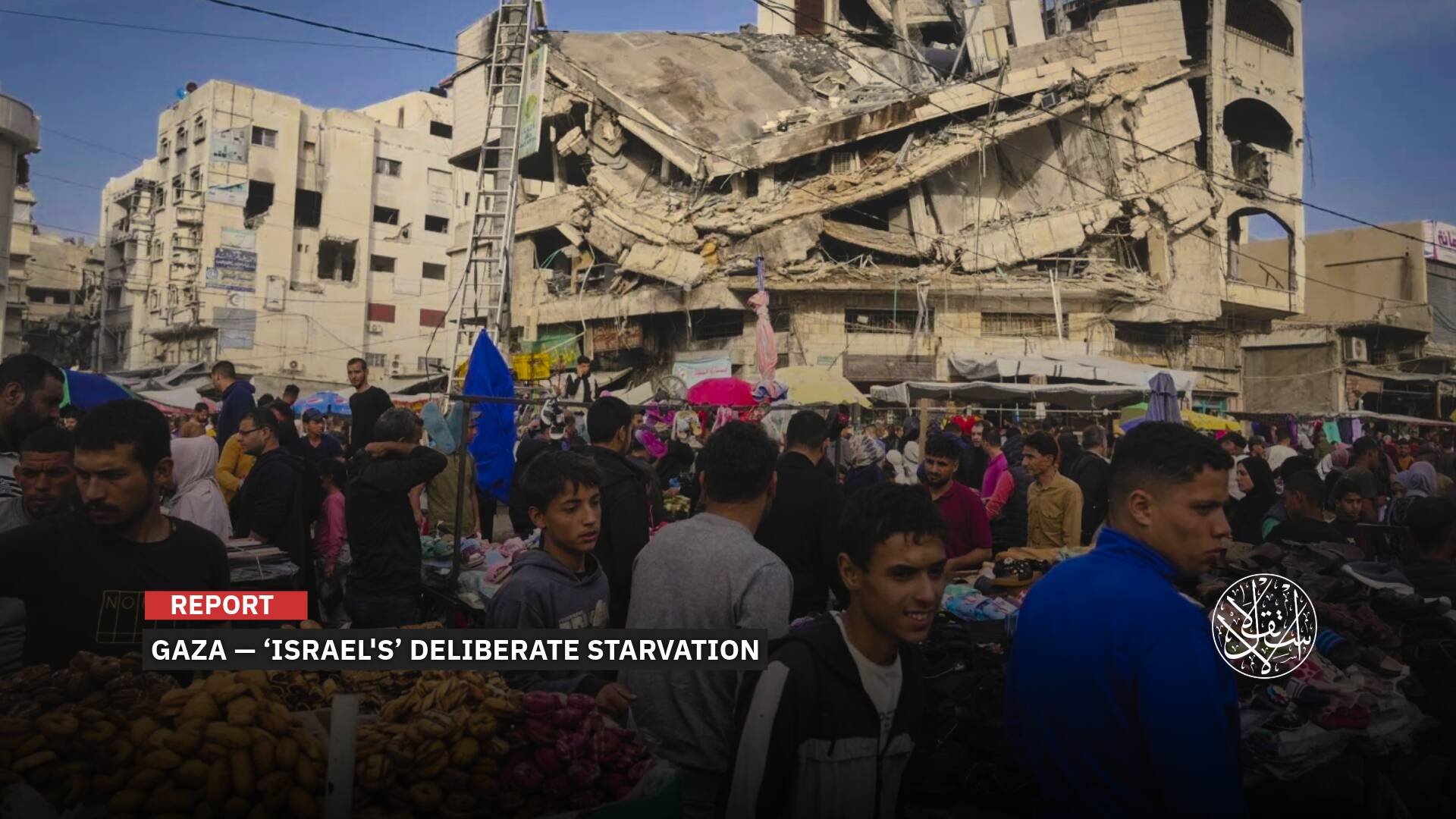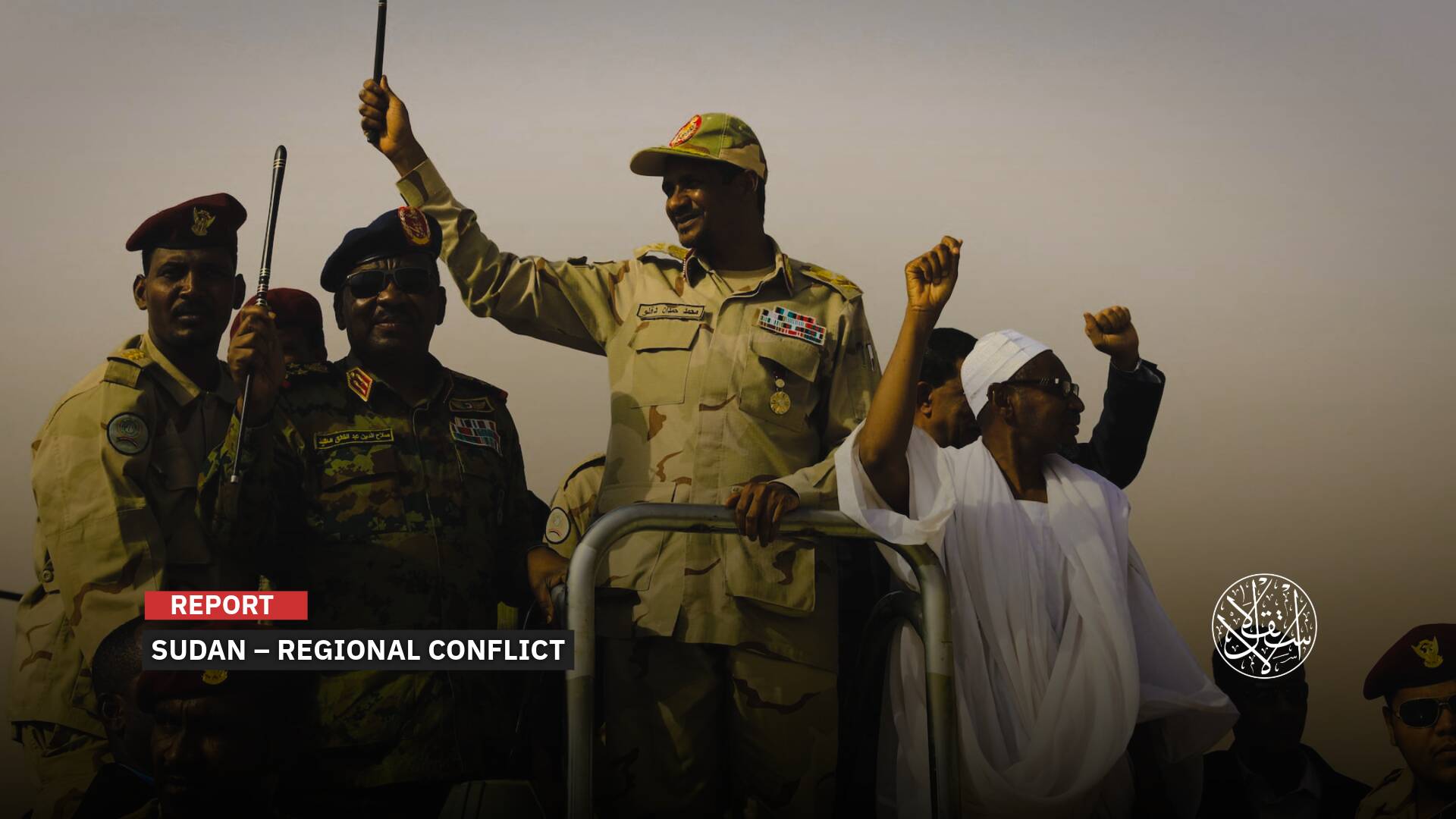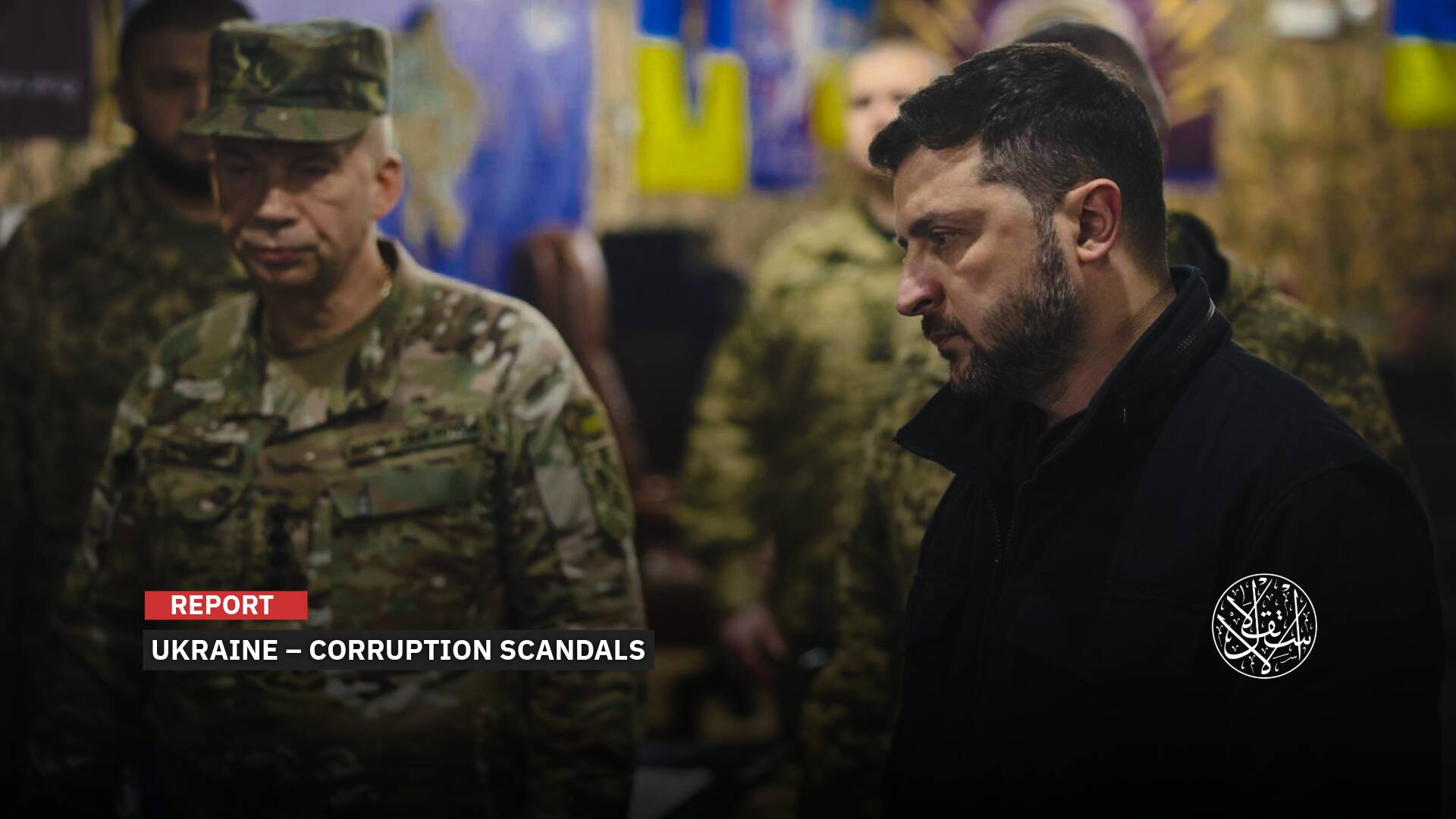Mass Destruction Unleashed: Inside the Israeli and American Weapons Devastating Gaza’s Civilians

These bombs cause massive destruction in the targeted areas.
Since the start of the ongoing Israeli assault on Gaza on October 7, 2023, a wide range of Israeli and American munitions have been used. These include heavy aerial bombs, tank shells, mortars, artillery, and guided missiles, resulting in over 53,000 deaths and 121,000 injuries.
Systematic Pattern
According to information obtained by Al-Estiklal from the Explosives Engineering Department at the Ministry of Interior in Gaza, the Israeli army has employed various weapons and bombs during its genocide on the Strip.
One such bomb is the American-made GBU-31 (also known as MK-84 with GPS guidance), weighing about 925 pounds (420 kg) with roughly 430 kg of Tritonal explosive. These bombs target fixed structures like bridges, airports, and government buildings and are used for clearing wide areas of resistance and underground fortifications. Their impact creates craters up to 9 meters deep and 15 meters wide, depending on soil type, while releasing toxic gases that harm soil and groundwater quality, threatening agriculture and food security.
A study revealed that between October 7 and November 17, 2023, the Israeli army dropped hundreds of one-ton bombs capable of destroying hospital infrastructure and causing serious injuries or deaths hundreds of meters from hospitals across Gaza. Researchers concluded that “Israel” used a systematic pattern of dropping massive Mark-84 bombs near hospitals to deliberately cause severe damage, injuries, and deaths. Such attacks have immediate and long-term effects on the health of Gazans.
The study found that 38 Mark-84 bombs exploded near hospitals within the evacuation zone designated by “Israel.”
Another bomb used against Gaza civilians is the 1.2 GBU-31 V3/B, weighing about 961 pounds (435 kg) with around 240 kg of Tritonal explosive. This bomb is designed to hit military fortifications, bunkers, roads, infrastructure, and large residential buildings, causing partial or total destruction of multi-story buildings within a 100 square meter radius, leaving craters up to 9 meters deep, with steel casings dispersing toxic metal shrapnel.

Deadly Shrapnel
The Israeli Occupation army has also used GBU-32 bombs (also called MK-83 with GPS guidance), weighing 459 kg, measuring 3.03 meters long and 0.35 meters in diameter, with a drop range of up to 28 km from high altitude.
According to the Explosives Engineering Department at the Ministry of Interior in Gaza, these bombs target military facilities, underground sites, border crossing bridges, as well as residential and government buildings.
They create craters 6–8 meters wide and about 6 meters deep, and release toxic gases that chemically contaminate groundwater.
“Israel” also used the smaller, precision-guided 1.4 GBU-39/B bomb, weighing 113 kg with a 17 kg AFX‑757 warhead, measuring 1.8 meters long and 0.19 meters in diameter.
This bomb is designed to destroy underground shelters and internal building targets with high accuracy to minimize collateral damage. It can penetrate up to 2.4 meters of concrete.
Though small, its steel construction produces deadly shrapnel inside residential buildings.
Another weapon used is the Israeli-made Spice 2000 bomb, weighing 924 kg with about 430 kg of Tritonal explosive, guided by GPS + IR + TV systems and capable of being reprogrammed mid-flight.
It targets residential towers, government headquarters, and large agricultural areas, destroying multi-story buildings within a 150-meter radius and leaving craters up to 9 meters deep.
This bomb also causes long-term environmental damage by spreading shrapnel and heavy metals into soil and groundwater.

Painful Massacres
On the morning of July 13, 2024, Israeli warplanes bombed tents sheltering displaced Palestinians in the supposedly safe area of al-Mawasi, Khan Younis. The strike killed more than 90 people.
Displaced residents and journalists later found remnants of the bombs, which were identified as Spice 2000—a weapon carrying two tons of explosives.
According to three experts who spoke to The New York Times, the pattern of shrapnel and the depth of the craters confirmed the use of this bomb. Gaza’s Health Ministry reported at least 90 civilians killed and hundreds wounded, overwhelming local hospitals.
Another massacre occurred in September 2024 in the same al-Mawasi area west of Khan Younis, again targeting displaced civilians. Palestinian explosives experts confirmed the use of the same U.S.-made bomb as in the previous war crime.
In May 2024, Israeli Occupation forces also bombed a displacement camp in Rafah, southern Gaza.
Photos shared by residents showed remnants of U.S.-made GBU-39 bombs.
CNN later confirmed that “Israel” used the American-made GBU-39 SDB bombs in the Rafah strike. The report emphasized that such precision weapons should not be used in the area targeted by the Israeli military.
By analyzing social media videos and bomb fragments at the site, experts identified the tail section of a U.S. bomb left behind after detonation.
An arms expert told CNN the bomb, manufactured by Boeing, is a high-precision munition designed for “strategic targets,” adding that using such a weapon in a densely populated area “poses serious risks.”

Devastating Shelling
The Israeli armored corps deployed M325 tank shells—high-explosive, multi-purpose projectiles equipped with a HEAT charge capable of penetrating 45mm armor and a COM-B charge for localized destruction. Each shell carries about 1.8 kg of explosives and was used to target homes near the border and kill those inside.
The military also employed M329 cluster shells, containing six submunitions packed with heavy metal fragments. These are programmed to detonate either upon impact inside buildings or above the target. With an effective range of up to 4 km, they are designed to strike shelters and light structures.
Another shell used was the M339, a high-explosive, multi-purpose shell with electronically programmable fuzes (PD/PDD/AB). It carries approximately 2.3 kg of explosives and disperses fragments across a wide radius upon aerial detonation.
Explosives experts also reported the use of the Israeli navy's HE‑PD 76mmK shell—a high-explosive naval projectile containing 660 grams of explosives, launched from warships to target shorelines and homes near the coast.
The navy deployed the U.S.-made 155mm M107 HE shell, a heavy artillery round weighing about 43.9 kg, with a range of 18 to 39 km. It generates thousands of fragments, creating wide burn zones in saturation bombardment.
The navy also used the M150 Smoke shell, which produces a dense smoke screen for advancing forces. This shell was employed for the first time during the recent offensive and emits smoke for 2 to 3 minutes.
Other munitions included the M485 illumination shell, which uses a magnesium-sodium nitrate charge to light up a one-kilometer-wide area for 120 seconds, aiding targeting and surveillance both day and night.
Guided Missiles
According to explosives experts, the Israeli army used the AGM‑114 Hellfire missile, a laser-guided, anti-tank weapon fired from Apache helicopters or ground platforms, to target residential apartments and resistance sites.
The Spike missile was also used—medium-range (up to 2.5 km), launched by two soldiers using an infrared lens, with a tandem-charge warhead capable of penetrating fortifications.
Another version, the Spike NLOS (Non-Line-Of-Sight), has a range of up to 25 km and is launched from ground platforms or reconnaissance aircraft. It features encrypted radio-wave control and a tandem warhead for penetrating up to 120 mm of armor.
Variants including the Spike LR/SR/ER—short to long-range infrared or TV-guided models—were used by ground forces, helicopters, and naval vessels to ensure operational flexibility in all weather and nighttime conditions.
The Israeli Occupation infantry used high-explosive 120mm HE mortar shells, olive green in color, with a range of up to 3 km. These were employed in limited strikes on border areas.
For the first time, the army also deployed guided 120mm mortars—originally introduced in Rafah during the 2014 offensive—indicating a shift toward more precise targeting even with traditional mortar rounds.
Smoke120mm shells were also used, filled with sodium nitrate and magnesium for battlefield illumination, and hexachloroethane to produce smoke screens—typically used by snipers and for concealing the Resistance movements.
Devastating Impact
Explosives engineering experts confirmed that Israeli Occupation’s ongoing assault on Gaza showcases a wide array of weaponry—from heavy precision-guided bombs (GBU‑31/GBU‑39) and anti-armor missiles (Hellfire and Spike) to heavy artillery and both conventional and guided mortars.
This extensive arsenal has resulted in severe civilian, humanitarian, and environmental consequences, including mass civilian deaths due to the high accuracy and destructive power of these munitions, and the destruction of civilian infrastructure.
It has also caused long-term environmental contamination of groundwater and soil with toxic elements and metal fragments, threatening food security by damaging farmlands and water wells.
Military expert Yousef al-Sharqawi confirmed to Al-Estiklal that images from Gaza show remnants of U.S.-made bombs used in attacks on refugee camps and hospitals.
“The remains indicate the use of conventional Mark 84 bombs, weighing around 900 kg, known as ‘dumb bombs’ due to their lack of precision; these bombs are widely used and cause massive destruction in targeted areas, resulting in heavy human and material losses.”
He also noted that JDAMs (Joint Direct Attack Munitions), which incorporate GPS guidance systems into traditional bombs, may still cause significant collateral damage in densely populated environments like Gaza.
Al-Sharqawi pointed out that Israeli-made Spice kits are used to convert traditional bombs into highly accurate guided munitions with onboard cameras and advanced targeting systems. However, even these precision weapons inflict wide-scale destruction in civilian areas.
“Such bombings cause toxic materials to leak into groundwater and soil, rendering them unsuitable for agriculture or human use, and the destruction of water and sewage systems leads to disease outbreaks and deteriorating public health,” he warned.
According to al-Sharqawi, these bombs also have long-term health effects, as exposure to the toxic substances they release can result in chronic diseases, including cancer and congenital disabilities.
Sources
- US-made munitions used in deadly strike on Rafah tent camp, CNN analysis shows
- Companies Profiting from the Gaza Genocide
- Gaza war: Where does Israel get its weapons?
- The use of heavy explosive weapons in Israel and Palestine must stop
- Anadolu lists weapons tested by Israeli military in Gaza massacre


